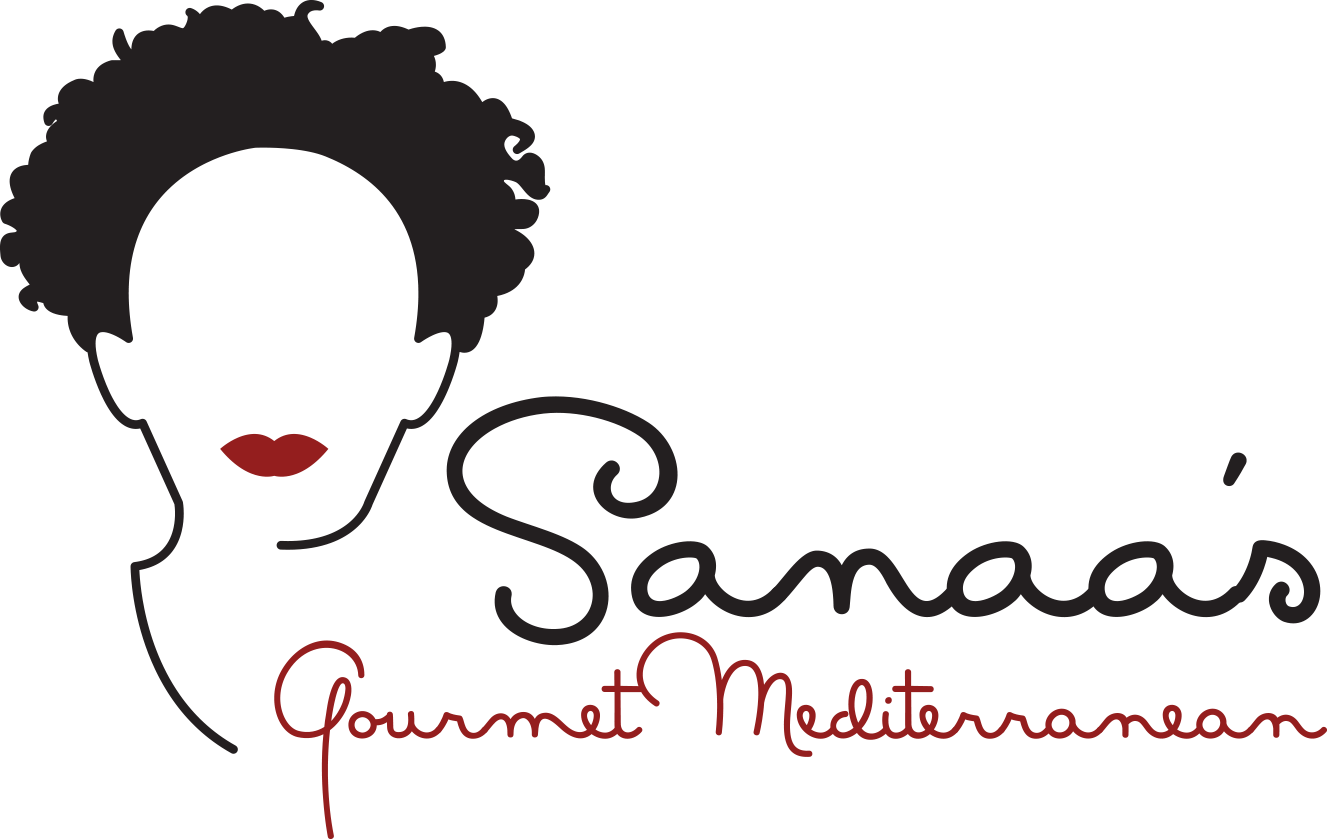Ginger, One of My Favorite Roots
Like many cooks, when I look in my pantry I find food that I've collected somewhere but for the life of me I don’t remember what it is or where it came from. It is stuff I don’t have the heart to throw it away, but I’m a little bit afraid to investigate to see what it might be. I found a jar that my husband brought back from China when he was there in 1979, on his way to Tibet. I opened it and was happy to find that it didn't smell badly, but I’m afraid to try it. I think it’s candied ginger, but, who knows?That find prompted me to do some research into ginger, during which I found that it is one of the most widely used spices around the world. In India, it is used in curry, or eaten fresh. In Indonesia, it is used for tea, or grilled with fish or meat. In China, it flavors most of Chinese sauces. In the Middle East, it is used to flavor rice and meat dishes. In the Caribbean, it is used to make a paste called, “jerk paste,” and who knows what that is. In the United States, ginger extract is used to make the well known ginger ale. Ginger can be found in spice markets in the Middle East which is generally used to make tea to take the chill off one in cold mornings.In the Middle Ages, ginger was used, not for cooking, but as a holistic remedy for diarrhea, cramps, muscular aches and pains, nausea and motion sickness. When I was pregnant with my daughter, on my mother’s advice, I cut a small piece of ginger root and chewed it to alleviate morning sickness. In 1982, the British medical journal, The Lancet, caught up with my mother’s home remedy and confirmed that it should be used for morning sickness. The name, “ginger,” derived from the Sanskrit word, “shringavera,” which in turn gave rise to the Latin word, “Zingiber,” which means it is shaped like a deer’s antler, which is what the ginger root looks like.One half of the world’s ginger production comes from India, but the best and most potent ginger comes from Jamaica.Although ginger was used in Europe, it disappeared from use after the fall of Rome. However, Marco Polo is credited with bringing it back with him from China to Italy, and its use regained favor. Queen Elizabeth the First is credited with developing the gingerbread man as a treat for children, although it was generally too expensive for the average person during those times.Ginger, Apple and Walnut TartServes 81 sheet buff pastry1/2 cup peeled and finely chopped fresh ginger2 large Granny Smith apples, peeled and coarsely chopped2 cups apple juice1/2 cup orange marmalade1/2 cup sugar1/8 teaspoon fresh ground clove1 cup coarsley chopped walnut1/8 teaspoon sea salt-Preheat oven to 400 degrees F.-In a large saucepan, cook the chopped apples and the chopped ginger roots in the apple juice. Bring to a boil, and then simmer for about 15 minutes.-Add the sugar, the orange marmalade and the clove. Stir until the sugar is dissolved. -Bring back to a boil, stir, turn down the heat and simmer until the sauce is thickened. Remove from the heat and allow the mixture to cool to room temperature. Fold in the walnut.-Roll the buff pastry sheet slightly. Place on a cookie sheet.- Pour the apple ginger mixture in the middle, spread a little, and then fold about one inch from the edge of the pastry over the ginger mixture. Sprinkle with the salt.-Bake in the oven for 20 minutes or until edges are golden.Serve hot or room temperature.-
